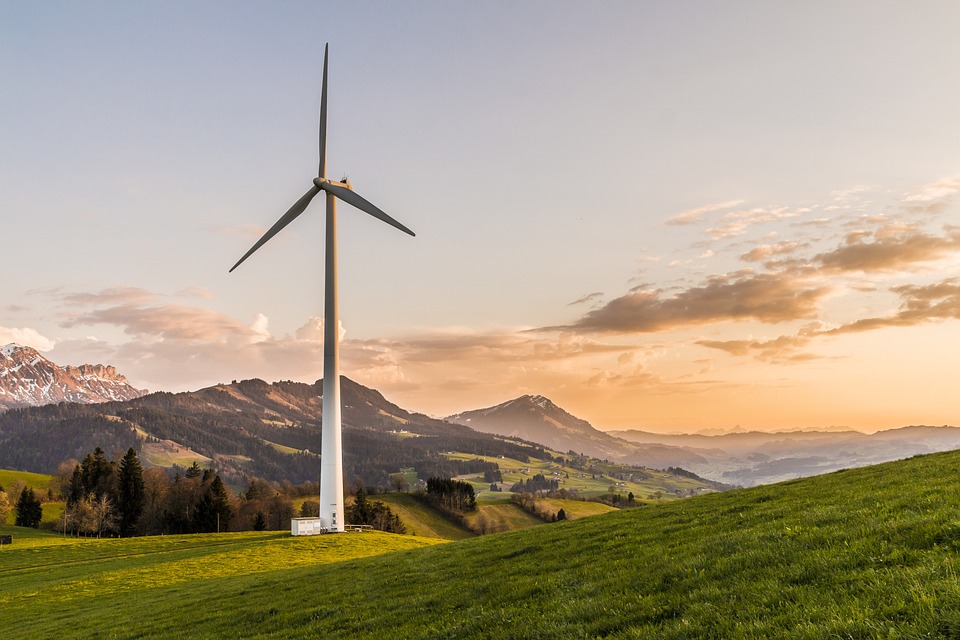
A Kid’s Guide to Renewable Energy
What is Renewable Energy?
Energy is the force that makes things work. Without it, people couldn’t cook food, drive their cars, or power their homes with electricity. If there were no more energy, imagine how different and how much harder life would be. That’s why other, more renewable, sources of energy are necessary. Renewable energy is energy that comes from things that are natural and will always be available. It’s important to know what these types of energy are and why they are needed.
The Importance of Renewable Resources
Most of the electricity that people use comes from fossil fuels. Fossil fuels come from deep in the earth. They are dead plants and very tiny organisms, or animals, that lived millions of years ago. Time, heat, and pressure turned the plants into coal and the organisms into natural gas and oil.
The world uses a lot of energy every day and that takes a lot of fossil fuels. The problem is, the Earth doesn’t have an endless supply of fossil fuels. If we use it up, there isn’t a way to make more. Digging them up also damages the Earth and using them pollutes the air with harmful gases that are bad for people, animals, and the planet.
Renewable energy is different and comes in many different forms. Most renewable energy sources are clean and won’t cause pollution or hurt the Earth. Naturally occurring and, in many cases, increasingly available, it’s so important that we harness, collect, and use this energy.
Solar Energy
The sun is a huge source of renewable energy. It provides Earth with its light and heat. Without it, plants could not grow and people could not live on the planet. Energy from the sun is called solar energy. Sometimes, people can use solar energy without the help of technology. This is known as passive solar energy. Sunlight shining through a window and heating up a room is an example of passive solar energy. When a mechanical device turns solar power into electricity, it is active solar energy. Solar cells are devices that make solar electricity. Some houses have solar cells, or solar panels, on the roof as a source of power.
Wind Energy
The movement of air is called wind. The energy of motion is called kinetic energy. Wind energy is kinetic energy. People have used kinetic energy from the wind to create power for thousands of years. Windmills, for example, used the wind to pump water or help turn grain into flour. Today, wind turbines can use wind energy to create electricity.
Wind turbines are very tall and have blades that turn in the wind. Several parts connect these blades to a generator. The energy from the wind causes the blades to turn. When the wind moves the blades, the generator turns. When the generator turns fast enough, it creates electricity.
Hydropower
Moving water also creates energy. This energy can be turned into electricity called hydroelectricity. Like the wind, water makes electricity with the help of turbines. These turbines, however, are called water turbines. To make electricity, water from a river or a dam hits the blades of the water turbine and makes it turn. The turning blades cause the turbine’s generator to spin. The spinning generator turns the energy from the moving water into electricity.
Geothermal Energy
The core, or center, of the Earth generates heat. Sometimes, that heat rises to the surface and can be a source of renewable energy called geothermal energy. Hot springs are an example of groundwater heated by geothermal energy that has risen to the surface of the earth. It also rises to the surface through geysers and volcanoes. There are also power plants that turn geothermal energy into electricity.
Biomass Fuels
Almost anything that comes from plants or animals can be used for fuel. That’s possible because living things absorb and store energy from the sun. When they are used as fuel, they are called biomass fuels. Garbage, corn, wood, and even poop are all biomass fuels. Burning wood, for example, produces energy that can cook or warm a room. It is the most commonly used type of biomass. Certain types of rotting and smelly garbage release renewable methane gas, or biogas, that’s good for transportation. Animal fat and vegetable oil are examples of biomass that turn into biodiesel that fuels cars, trucks, or buses.
Nuclear Energy
Everything on Earth, and in the universe, is made of tiny particles known as atoms. Nuclear energy is the energy at the center of each atom. Energy is released from these atoms when they are broken apart in a process called nuclear fission. Energy also releases when atoms combine. That’s called nuclear fusion. In nuclear power plants, energy is released from uranium atoms using nuclear fission. The heat caused by the fission spins a turbine that generates electricity. Nuclear energy is not renewable energy, but it is clean energy that does not release pollution into the air.
-
Renewable Fuels (Slideshow)
-
Kids for Renewables (Videos)
-
CyberChase Solar Power! (Video)
-
Wind Energy for Kids (PDF)
-
Geothermal for Kids (Video)
-
Nuclear Energy – A Kid’s Guide (Video)
- Wind Energy

